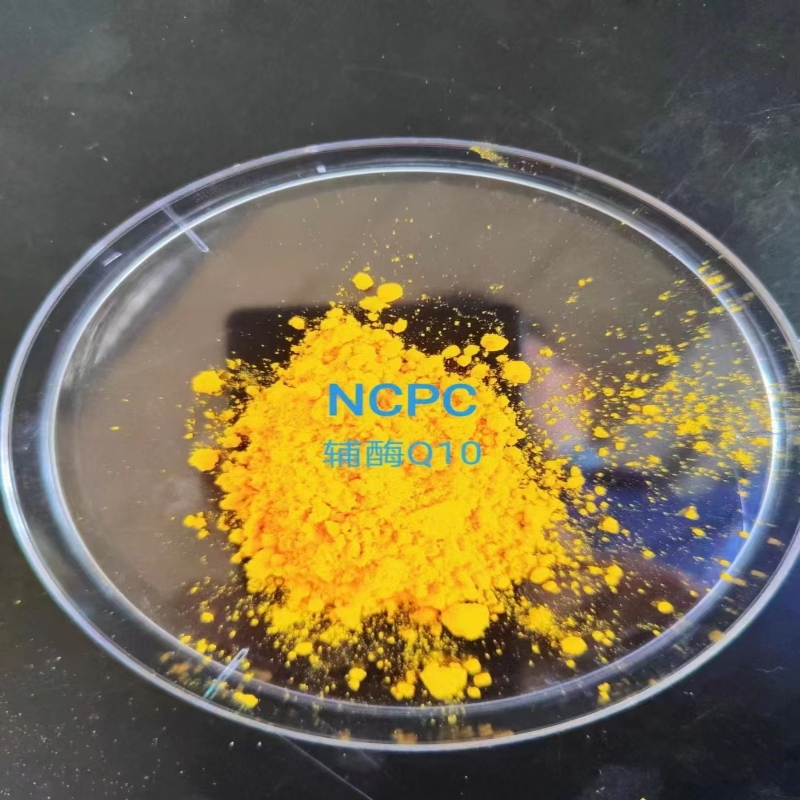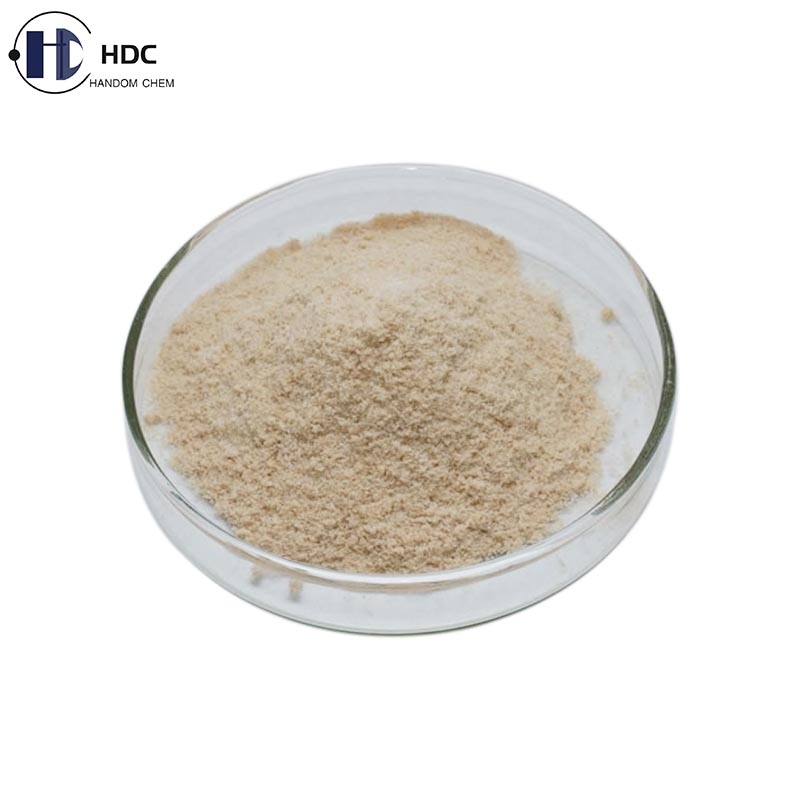-
Categories
-
Pharmaceutical Intermediates
-
Active Pharmaceutical Ingredients
-
Food Additives
- Industrial Coatings
- Agrochemicals
- Dyes and Pigments
- Surfactant
- Flavors and Fragrances
- Chemical Reagents
- Catalyst and Auxiliary
- Natural Products
- Inorganic Chemistry
-
Organic Chemistry
-
Biochemical Engineering
- Analytical Chemistry
-
Cosmetic Ingredient
- Water Treatment Chemical
-
Pharmaceutical Intermediates
Promotion
ECHEMI Mall
Wholesale
Weekly Price
Exhibition
News
-
Trade Service
The research on the assembly of nucleocossy sugar-1,5-diphosphate pyridine/oxygenase (hereinafter referred to as RuBisCO) has been one of the hot topics in the field of life scienceMay 25, Nature-Plants published the latest research results of the team from china University of Science and Technology, the researchers explained the molecular mechanism of cyanobacteria molecular partner Raf1 to assist RuBisCO assembly, and found that the multi-level fine dynamic control network of RuBisCO maturation process laid the foundation for artificial modification of RuBisCO to improve the efficiency of photosynthesisZhou Congzhao, professor of microscale material science at China University of Science and Technology and Professor of The Department of Life Sciences and Medicine, and Jiang Yongliang, associate professor, are the co-authors of the paper, and DrXia Lingyun, Associate Professor Jiang Yongliang and Ph.Dstudent Kong Wenwen are the first authors of the thesisRuBisCO is the key enzyme for assimilation of CO2 into the biosphere, which is widely found in plant chlorophyll matrix and cyanobacteriaas the most abundant enzyme on Earth,, RuBisCO has a total mass of about 700 million tons, fixing more than 100 billion tons of CO2 to organic matter on Earth each year, making it the main route of inorganic carbon into the biosphereThe assimilation of CO2 can reduce the greenhouse effect, mitigate global warming, and make full use of inorganic carbon sourcesHowever, RuBisCO is an extremely inefficient catalyst, while RuBisCO can be aerobictotoally into the light breathing pathway, thereby inhibiting RuBisCO's argonase activity" a RuBisCO whole enzyme can only catalyze the conversion of 3 to 10 CO2 molecules per secondThe paper points outimproving RuBisCO's vitality is one of the important ways scientists consider to improve photosynthesis efficiencyThe introduction of the CO2 concentration mechanism (CCM) system of cyanobacteria into plants is considered a potential method to improve the efficiency and yield of plant photosynthesisTo date, however, the fine process of RuBisCO assembly and maturation remains unclear, greatly limiting RuBisCO's engineering transformation and activity optimizationJiang Yongliang introduced that cyanobacteria are highly concentrated CO2 in the body of cesium enzyme through CCM, thus effectively improving the catalytic efficiency of RuBisCOThe type I RuBisCO in cyanobacteria and plants is assembled by 8 large sub-bases RbcL and 8 small sub-base RbcS to form a full enzyme RbcL8S8The assembly and maturation of RuBisCO whole enzymes requires the help of multiple molecular partners, including GroEL/ES, RbcX, Raf1, and BSD2 and Raf2, which are endemic in plantsin the study, researchers analyzed the crystal structure of the cyanobacteria molecular partner Raf1 and the Raf1 and RuBisCO Macro-Base RbcL complexseparate Raf1 exists in staggered duoosomes, and when combined with RbcL, the two domains of Raf1, Raf1 alpha and Raf1 beta, undergo a relative rotation of 75 degrees, resulting in a tweezer-like structure clamping an RbcL duo, while the external mediated RbcL duoofonitadi of the Raf1 alpha domain interacts with each other to further mediate the formation of the RbcL octagon coreThe binding sites of Raf1 alpha on RbcL overlap highly with the small sub-base RbcS, which forms a full enzyme by replacing Raf1 alphafurther studies have found that RbcL, RbcS and Raf1 can form terabolous complexes, and in order to further study the interaction patterns between them, the researchers analyzed the three-dimensional structure of a series of different intermediate states of RuBisCO and Raf1 complexes by means of single particle analysis of frozen electron scopies, and visually demonstrated the multi-step dynamic formation in the process of replacing Raf1 with the whole enzymeat the same time, researchers also discovered by biochemical means that Raf1 was able to compete with the Strain coin age of the stent protein CcmM-mediated RuBisCO accumulation and phase change process, and then participated in regulating the accumulation of RuBisCO and the formation of nucleases in the bodybased on these findings, the researchers proposed the molecular mechanisms of Raf1 to regulate the assembly, maturation, and accumulation of nucleases in cyanobacteriathis research provides a molecular basis for an in-depth understanding of the assembly and function of RuBisCO and for the application and transformation of RuBisCO(
Bioon.com of Biological Valley)







